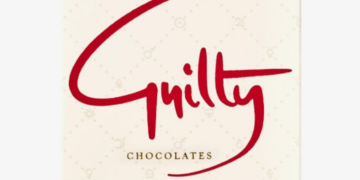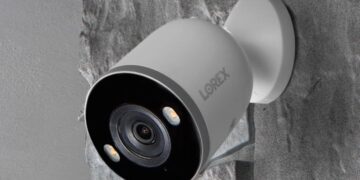Adrian Beaumont, University of Melbourne
The first Newspoll of 2021 has the major parties tied at 50-50 on two-party preferred, a one-point gain for Labor since the final 2020 Newspoll in late November. The poll was conducted January 27-30 from a sample of 1,512 people.
Primary votes were 42% Coalition (down one point), 36% Labor (steady), 10% Greens (down one) and 3% One Nation (up one).
63% were satisfied with PM Scott Morrison’s performance (down three) and 33% were dissatisfied (up three), for a net approval of +30 points. While this is still very high, analyst Kevin Bonham says it is Morrison’s lowest net approval since April.
Opposition Leader Anthony Albanese had a net approval of -2, down five points. Morrison led Albanese by 57-29 as better prime minister (60-28 in November).
While much commentary has written off Labor for the next election, a source of hope for the opposition is that while the Coalition has usually been ahead since the COVID crisis began, the two-party-preferred margin has been close.
Morrison’s great approval ratings have not translated into big leads for the Coalition. It is plausible that by the middle of this year COVID will not be a major threat owing to a global vaccination program.
A return to a focus on normal issues could assist Labor in undermining Morrison’s ratings and the Coalition’s slender lead on voting intentions.
Albanese has come under attack from the left owing to Thursday’s reshuffle in which Chris Bowen took the climate change portfolio from Mark Butler.
But the Greens lost a point in Newspoll rather than gaining. With the focus on COVID, climate change appears to have lost salience.
On Australia Day and climate change
In an Ipsos poll for Nine newspapers, taken before January 25 from a sample of 1,220 people, 48% disagreed with changing Australia Day from January 26, while 28% agreed.
But by 49-41 voters thought it likely Australia Day would be changed within the next ten years.
In a Morgan SMS poll, conducted January 25 from a sample of 1,236 people, 59% thought January 26 should be known as Australia Day, while 41% thought it should be known as Invasion Day.
In an Essential poll conducted in mid-January, 42% (down 20 since January 2020) thought Australia was not doing enough to address climate change, 35% (up 16) thought we were doing enough and 10% (up two) thought we were doing too much.
But there was a slight increase in those thinking climate change was caused by human activity (58%, up two since January 2020), while 32% (steady) thought we are just witnessing a normal fluctuation in the earth’s climate.
Trump set to be acquitted in impeachment trial
I related on January 20 that Donald Trump was impeached by the US House of Representatives over his role in inciting the January 6 riots with his baseless claims of election fraud.

The Senate is tied at 50-50, with Vice President Kamala Harris giving Democrats the majority with her casting vote. But it requires a two-thirds majority to convict a president, so 17 Republicans would need to join the Democrats for conviction.
On January 26, a vote was called on whether it was constitutional to try a former president. The Senate ruled it constitutional by 55-45, but just five Republicans joined all Democrats.
That is far short of the 17 required to convict, so Trump is set to be acquitted at the Senate trial that begins February 8.
Only ten of over 200 House Republicans supported impeachment. It is clear the vast majority of Congressional Republicans consider it more important to keep the Trump supporters happy than to hold Trump accountable for the rioters that attacked Congress.
In a late January Monmouth University poll, 56% approved of the House impeaching Trump while 42% disapproved. When asked whether the Senate should convict, support dropped to 52-44.
FiveThirtyEight has started an aggregate of polls to track new President Joe Biden’s ratings. His current ratings are 54.3% approve and 34.6% disapprove for a net approval of +19.7 points.
While Biden’s ratings are better than Trump’s at any stage of his presidency, they are worse on net approval than all presidents prior to Trump this early in their terms.
Prior to Trump, presidents were given a honeymoon even by opposition party supporters, but it is unlikely the 30% or so who believe Biden’s win illegitimate will ever approve of him.
Adrian Beaumont, Honorary Associate, School of Mathematics and Statistics, University of Melbourne
This article is republished from The Conversation under a Creative Commons license. Read the original article.












